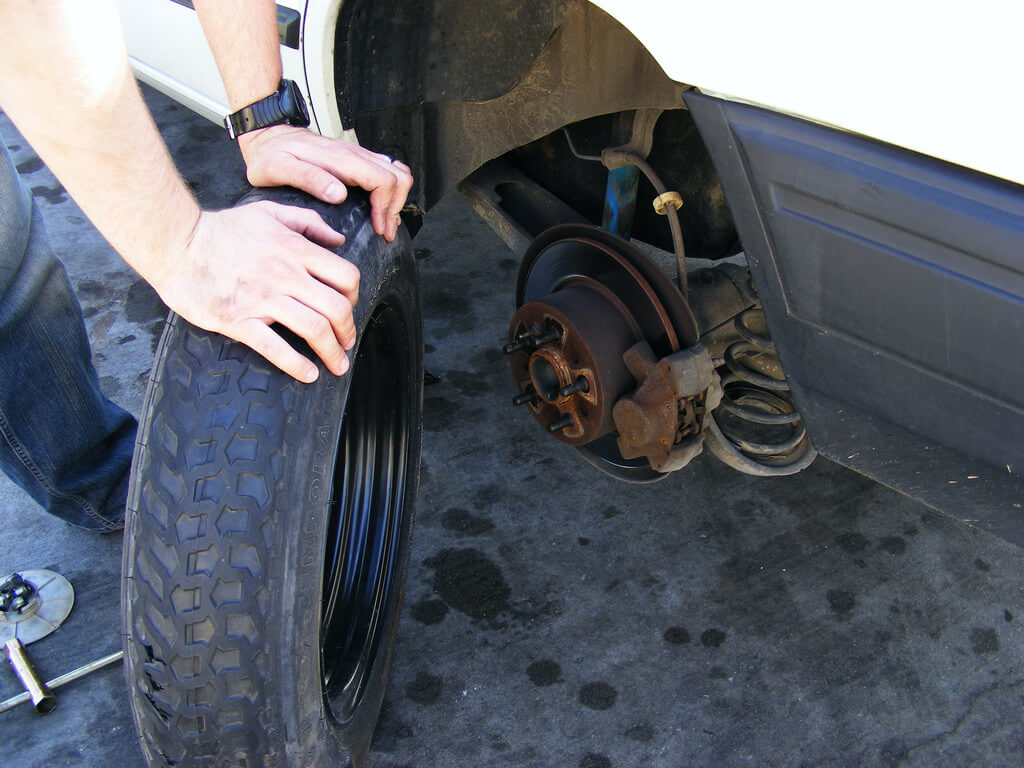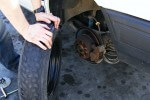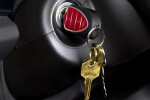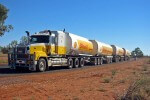Car Care & Maintenance · Customized & Improvised · The Best...
How to Maneuver Your Car Safely After a Tire Blowout
You will know it’s a tire blowout when you hear a loud boom, or when you experience the reverberation of the bang inside the car. You will also experience the car pulling towards the side of the blown tire. Let us just say that if you have a blowout, you will definitely know it.
Tire blowout is perhaps one of the most common driving emergencies. Therefore, if you are a driver, you should know how to handle a car after experiencing a tire blowout on the road. It is, and at the same time, it doesn’t need to be, a matter of life and death.
We agree that today’s tires are very well engineered and therefore you could enjoy a whole lifetime of driving without experiencing a blowout. But then, there is always that chance that you could make the mistake of under-inflating or over-inflating a tire, and when that happens, the heat buildup caused by the friction between tire and road especially on hot days could lead to a blowout. Do you know how to survive a blowout? This is different from a puncture since the latter happens due to the tire being pricked by something. It loses pressure gradually and therefore you will be able to slow down and maneuver your car to the side of the road in good time. Not so for a blowout. It can be nastily debilitating.
What can you do if a tire blowout occurs at high speed?
One important thing you should never forget when a tire blow happens is to turn on the hazard lights. This way the other drivers around you will be on alert and will drive with caution.
Do not panic! I know… that sounds so cliché, but that is the truth. Panic means losing your head, and when you lose your head, that could be disastrous. You need to make a calm choice here and you cannot do that when all of your senses are telling you are in danger and that escape is the inevitable thing to do. Keep a cool head to think clearly.
Many times, you are advised to press the gas pedal for a very short distance. The aim of pressing the gas pedal is to target the accelerator for as long as it needs to be targeted to make the vehicle stable. Again, pressing the gas pedal is also a good distraction to prevent the driver from going for the brakes or turning the driver’s wheel hard in the direction of the pull.
Regardless of whether the tire blowout is at the front or at the back, the response should be the same. Some may be tempted to think that the responses should be different since the experiences are not the same but that is not the case. Finally, having safely exited from the car, change the tire with the spare one. And that my friend is why you should never hit the highway without a spare tire in good condition.
Newbie drivers would rush to slam the brakes, but that is not advisable at all. That is the first reflex action. It is important that you go for training on how to handle a tire blowout. Thankfully, there are many instructors who will take you through many simulations until you build your confidence.








